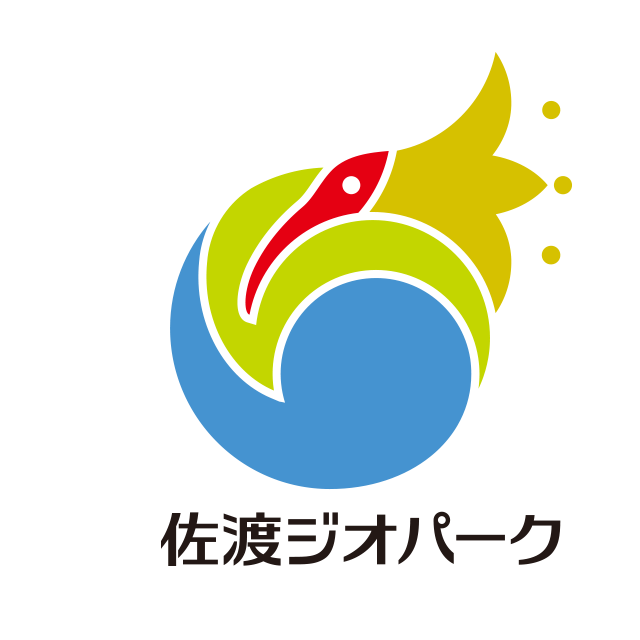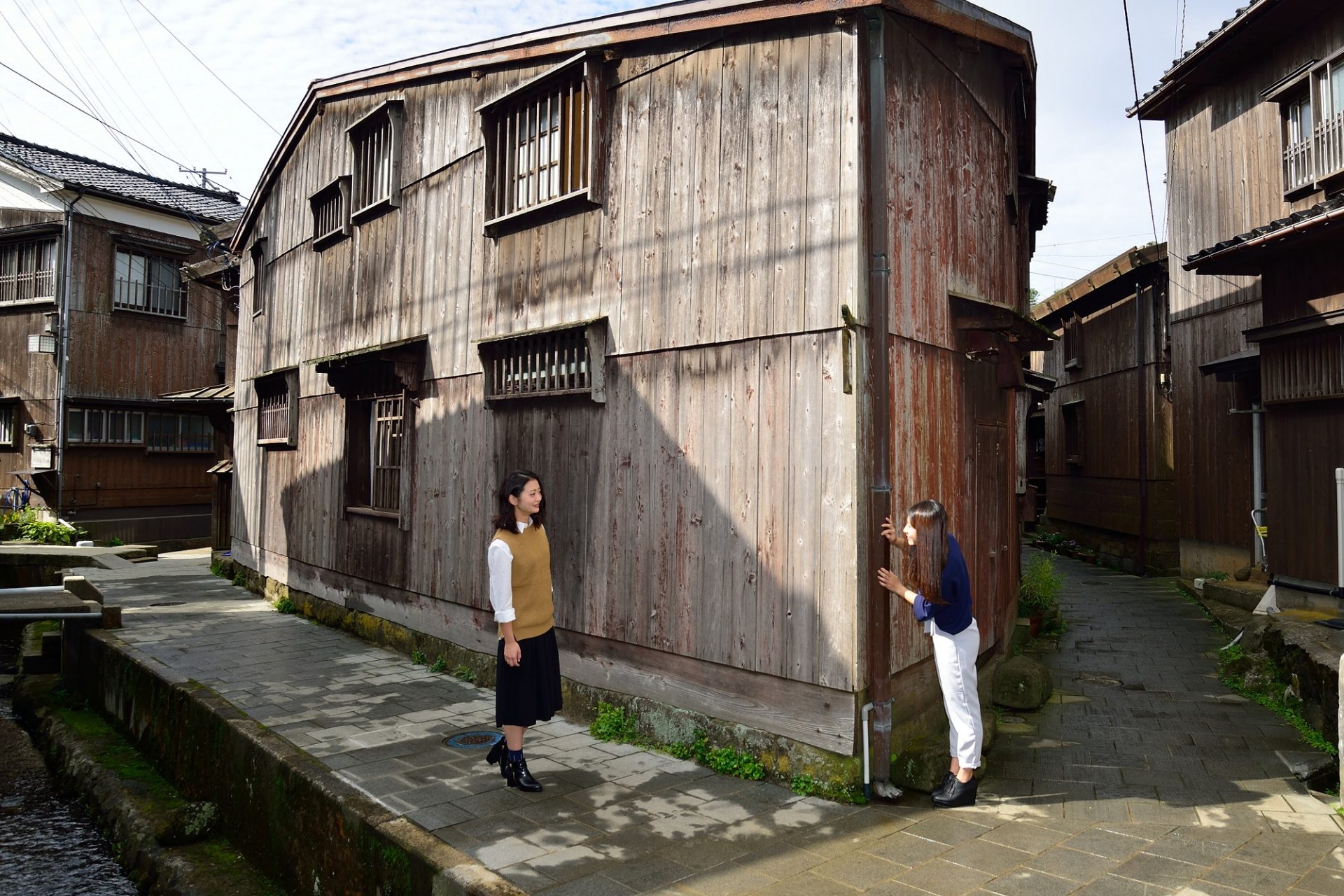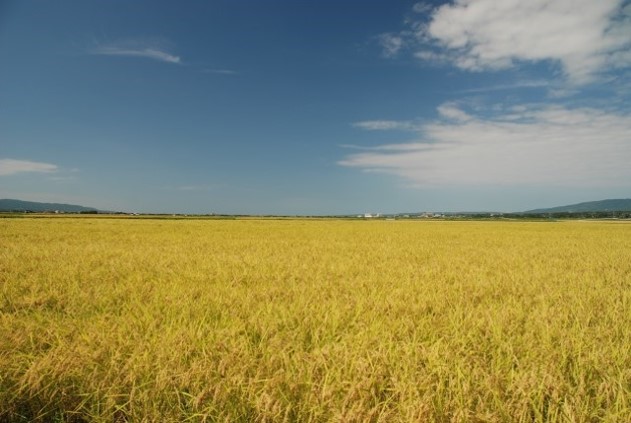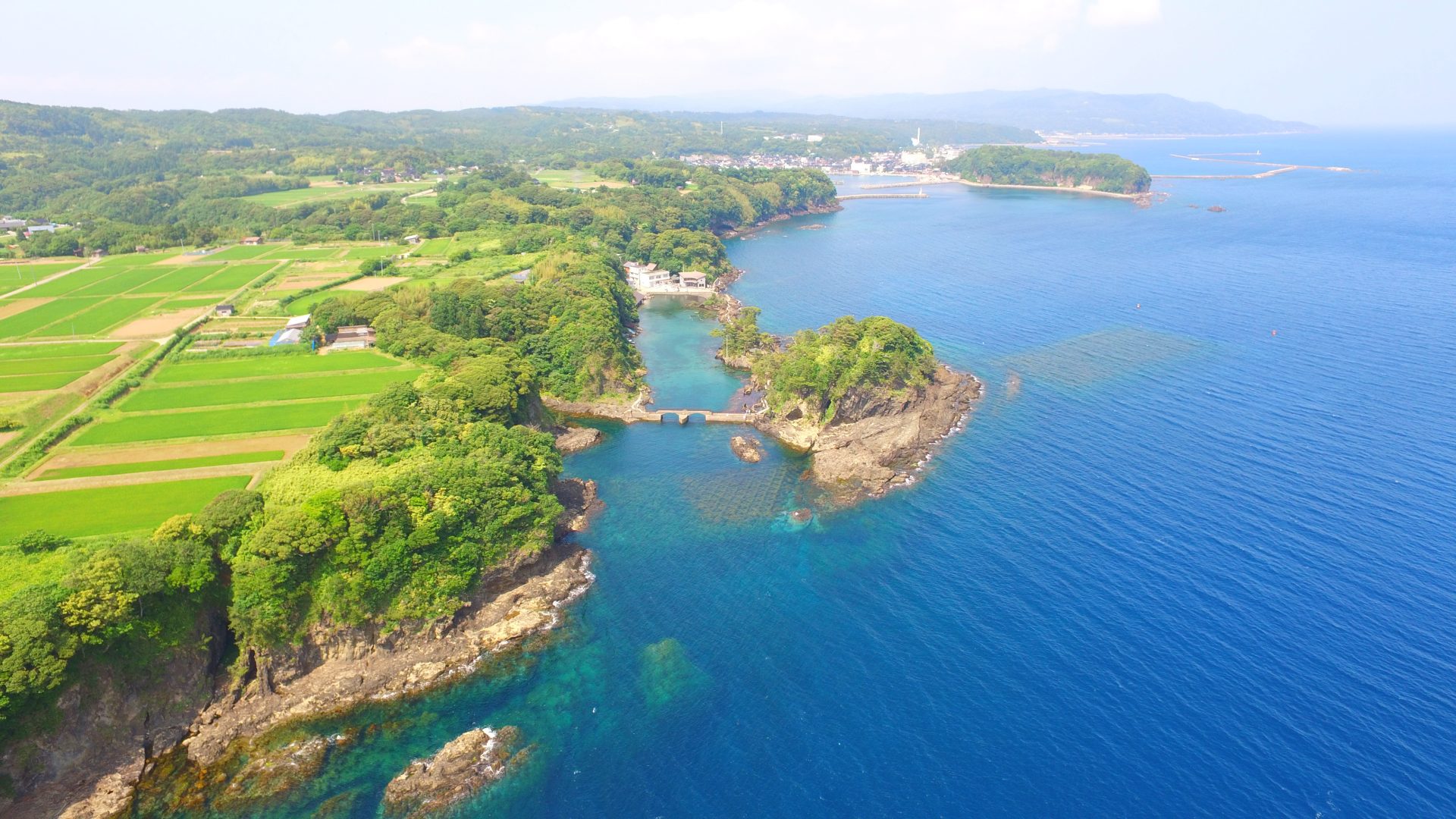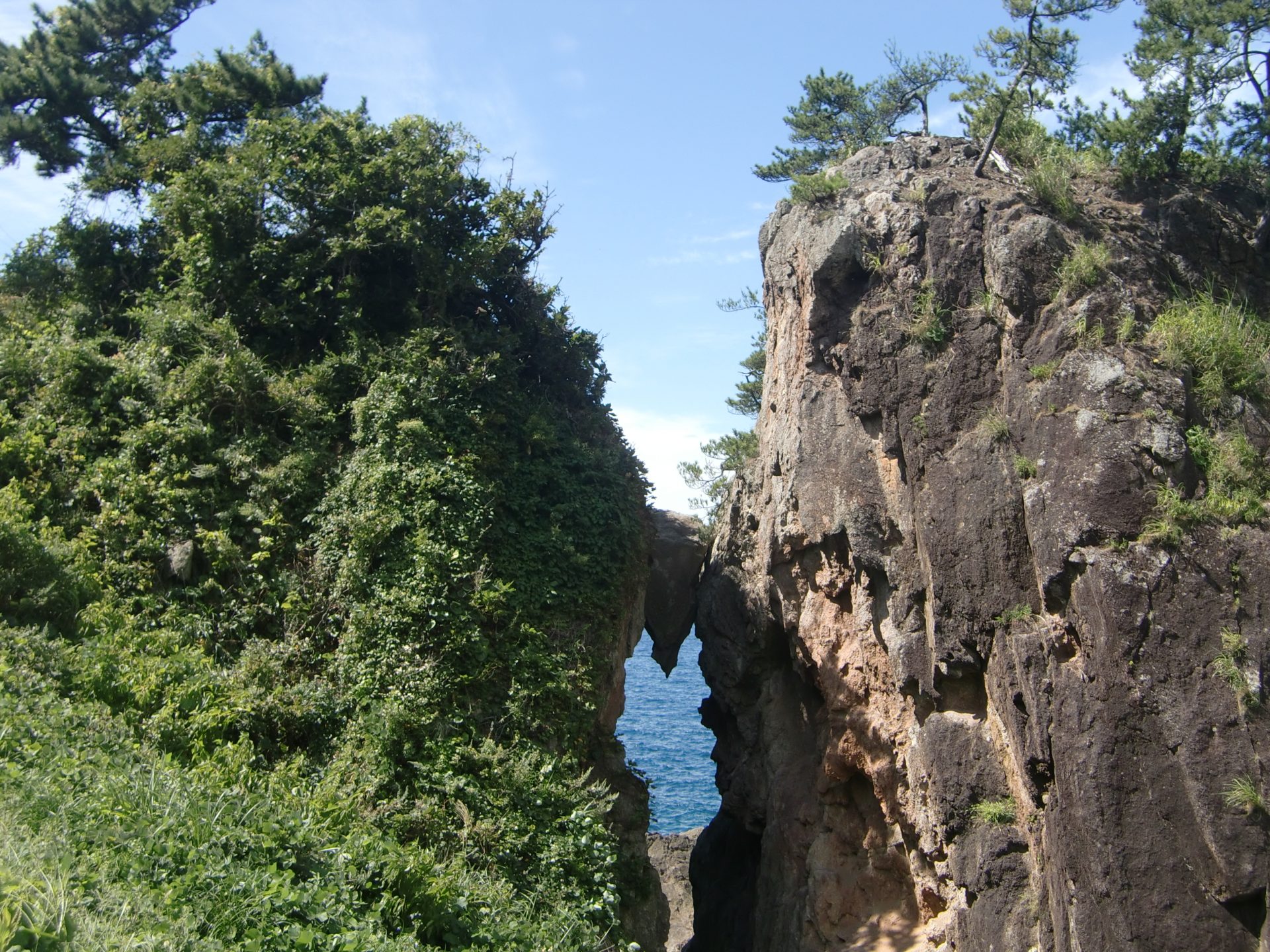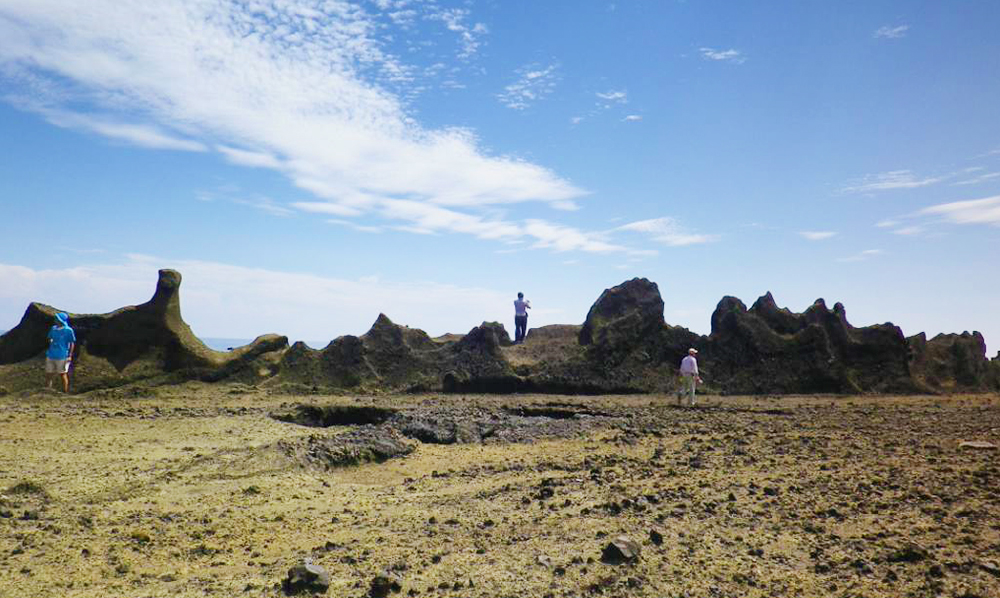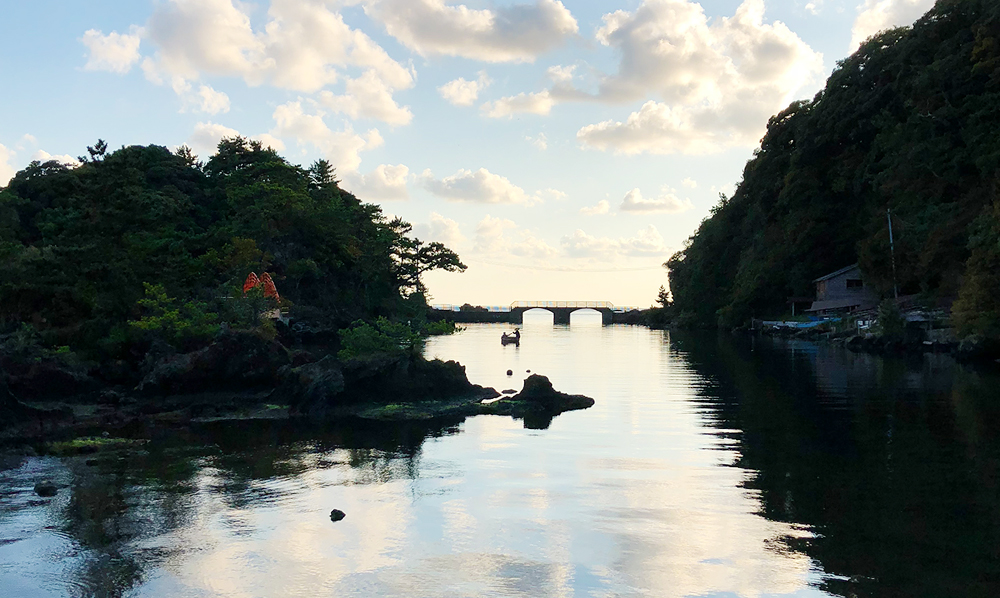Itinerary Ideas
We designed itineraries that showcase some of our favorite geosites combined with popular tourist attractions.
We hope they inspire more people to experience all the charm that Sado Geopark has to offer!
- Beginners
- Families
- 1 – 10 people
- 2 – 3 hours
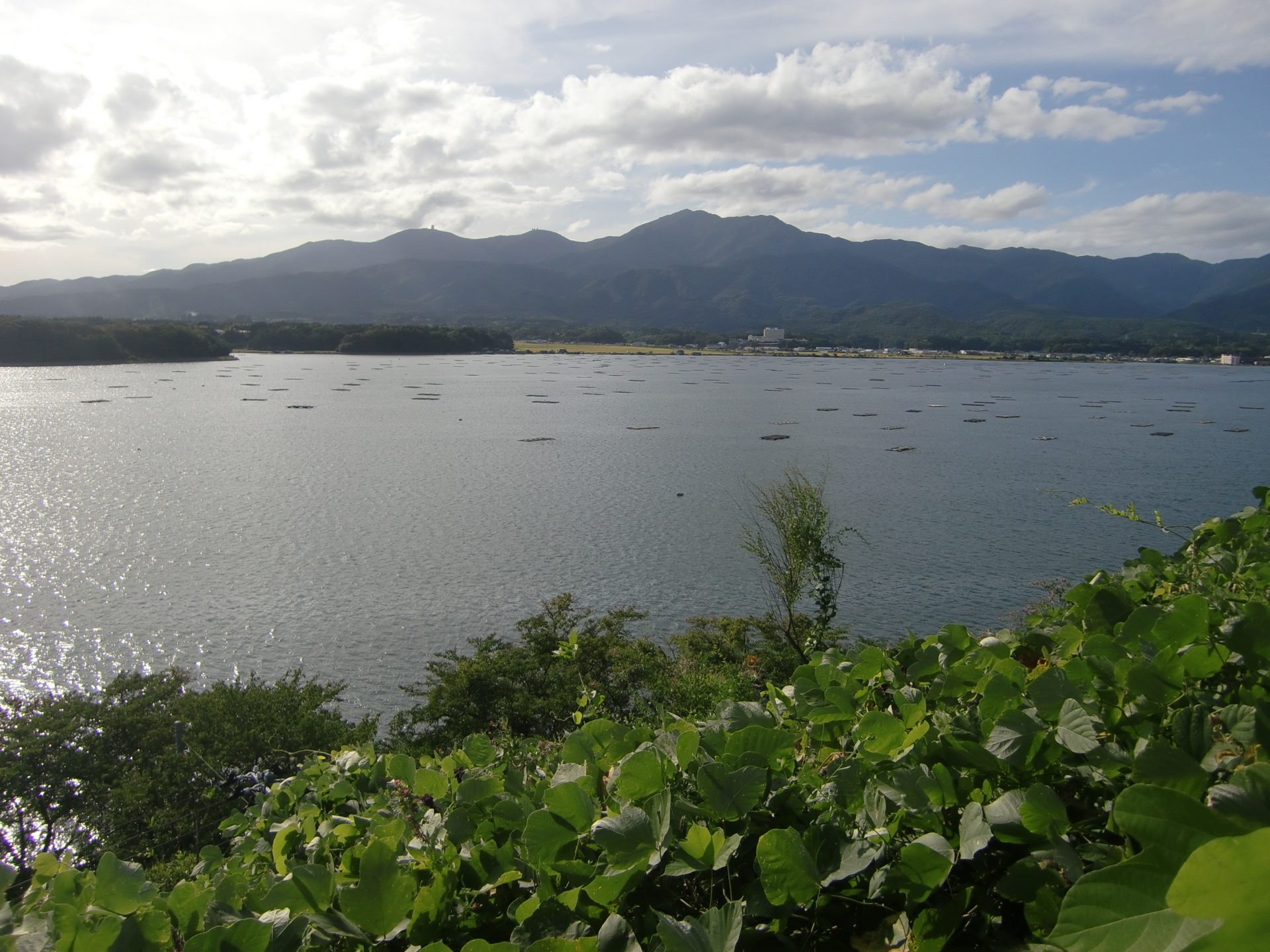
Lake Kamo Round Trip Route
Lake Kamo, the largest lake in Niigata Prefecture, is a brackish lake with a mixture of fresh water and sea water. Oyster cultivation is thriving, and many oyster rafts float on the lake. The lake is home to a rich ecosystem. It is possible to get to each point by car, but we recommend going around the lake by bicycle to enjoy the beautiful scenery at your own pace.
 Geopark Interpretive Panel
Geopark Interpretive Panel  Signs
Signs Bus Stop
Bus Stop
Itinerary
- Start (Sado Kisen Ryotsu Port Terminal)
- 1Oyster hut
- 2Kizaki Shrine
- 3Tokinomori Park
- 4Honma Family’s Noh Stage
- 5Shiizaki Suwa Shrine
- Goal (Sado Kisen Ryotsu Port Terminal)
Sado Kisen Ryotsu Port Terminal (Ryotsu Port Tourist Information Center)

A view of the landscapes of Ryotsu Town
Visitors can enjoy a view of the landscapes of the Ryotsu Area from the observation deck on the top floor of the terminal. First, take the elevator to the top floor, then climb the stairs to the observation deck.
Bicycles are available for rent at the Tourist Information Center.
1Oyster Hut
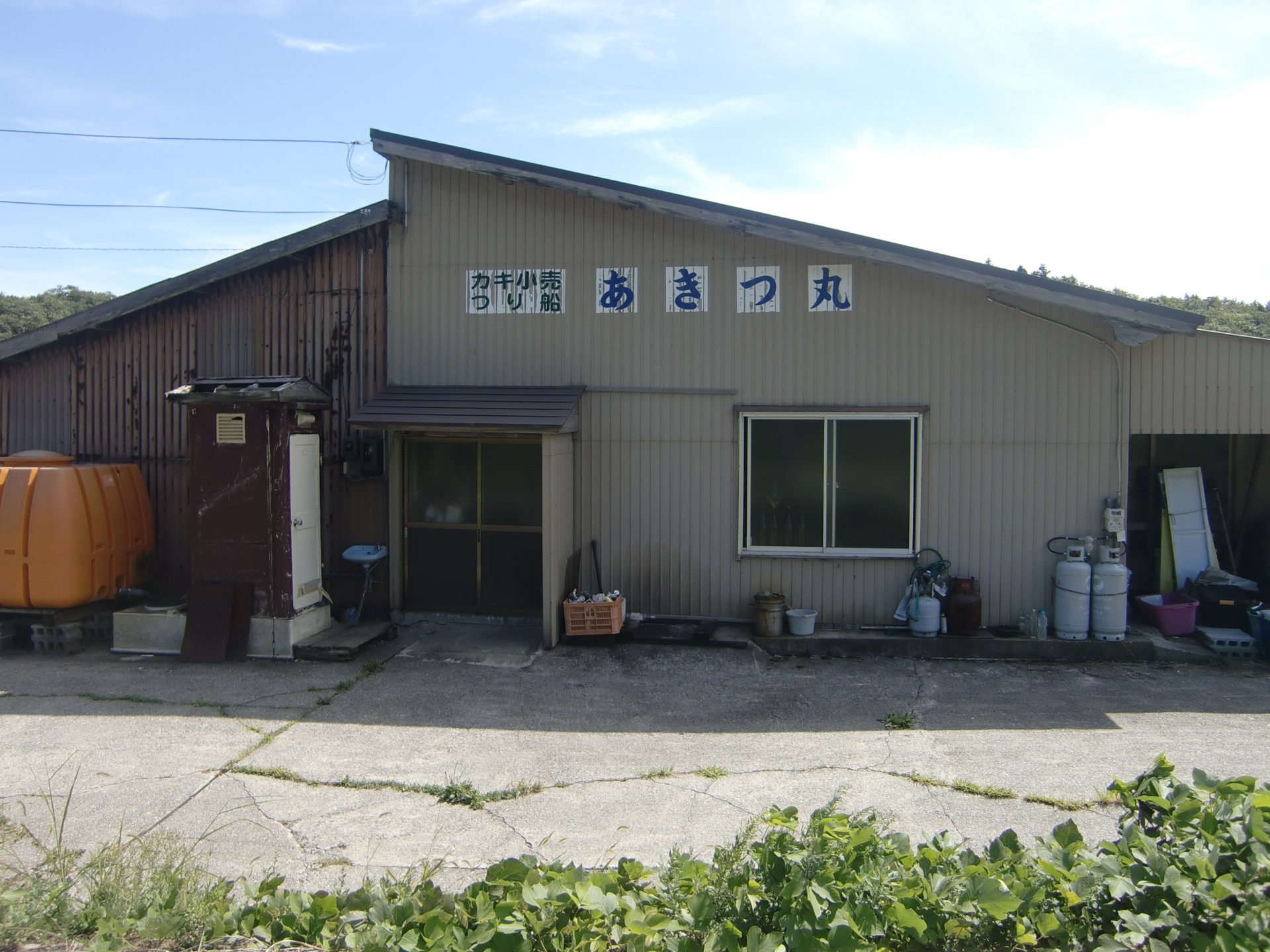
Oyster Cultivation
Lake Kamo is a brackish lake with a mixture of fresh water and sea water. Oyster farming, made possible by the salt in the water, is very popular. Many oyster rafts float on the lake in farming season.
2Kizaki Shrine
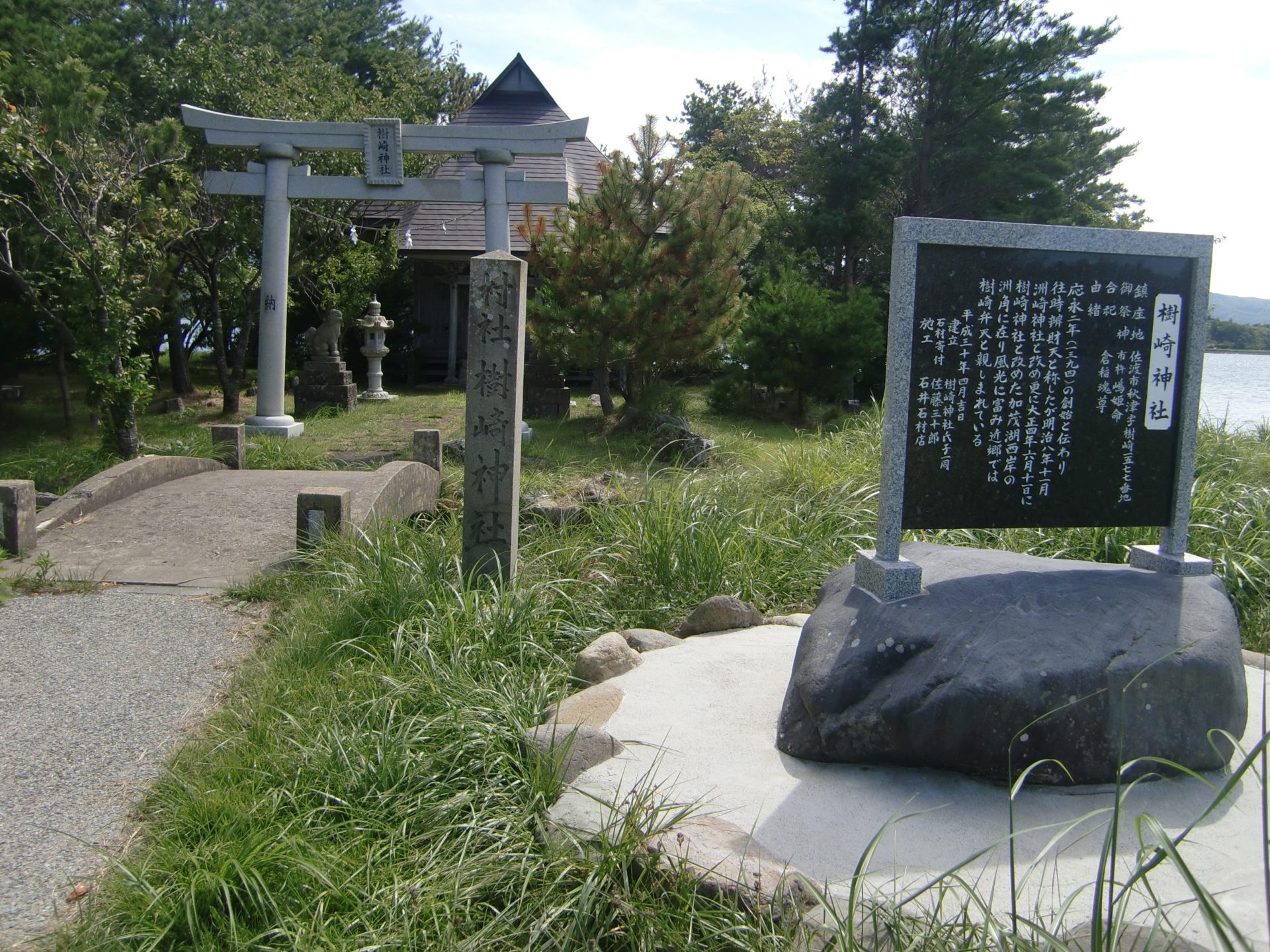
Let’s learn what kind of creatures are living in Lake Kamo!
Kizaki Shrine is located on a small cape jutting out into Lake Kamo. The lakeshore beside the shrine is home to many interesting creatures such as clams, oysters, and other shallow-water shellfish, crabs and cockles. Wild birds and waterfowl can also be seen in the vicinity.
3Tokinomori Park
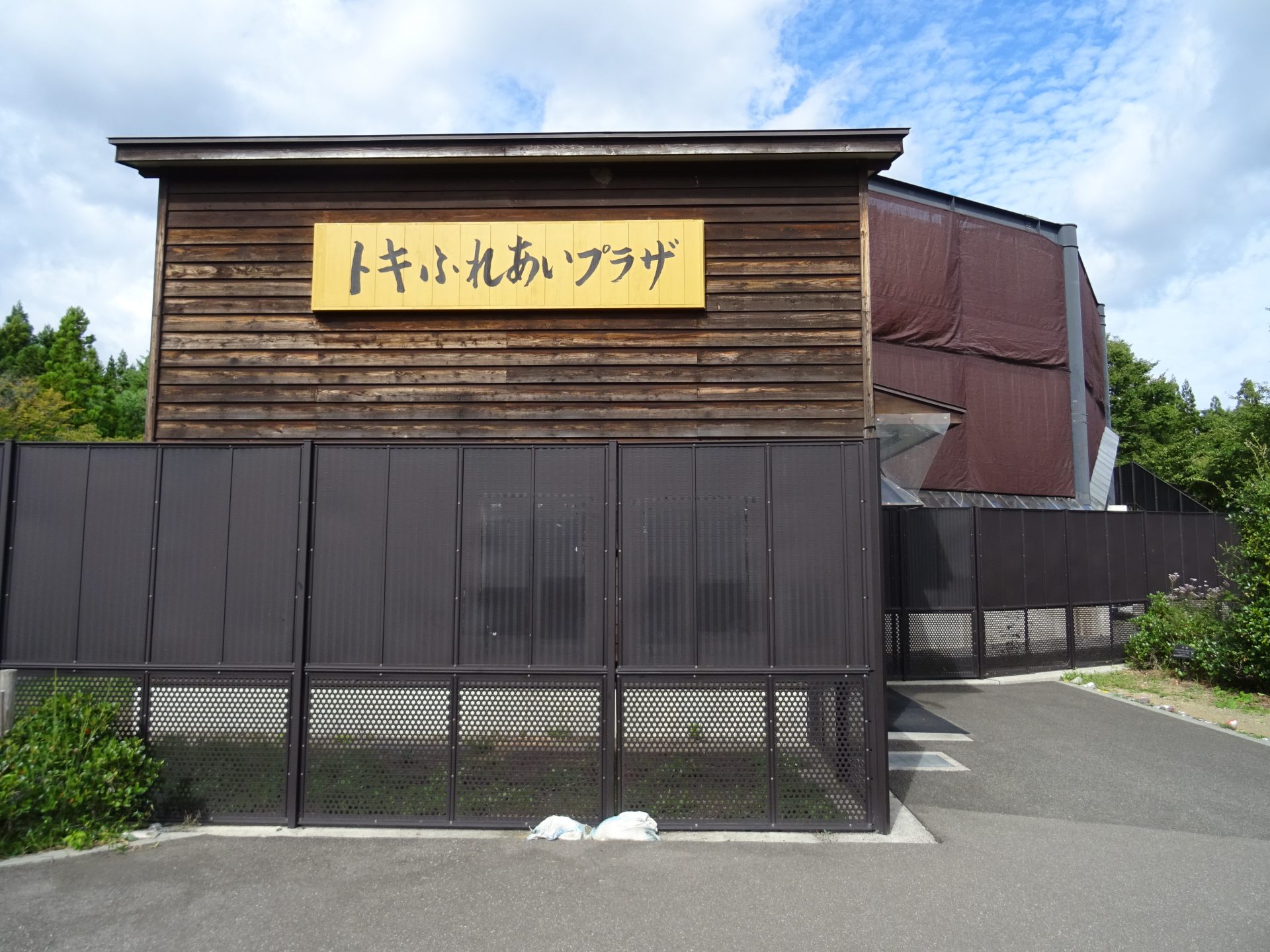
Close observation of the Japanese crested Ibis, a special natural treasure
The Japanese crested Ibis is the bird of Sado City and Niigata Prefecture, and is also an internationally protected bird. This bird once became extinct in Japan, but by breeding and then releasing birds in their natural environment, more than 400 Japanese crested ibis have returned to the wild and now can be seen flying in the sky over Sado Island. At Tokinomori Park, visitors can see the Japanese crested ibis up close, learn about how the birds are bred, and also visit exhibits in the museum.
When entering the park, a donation is requested for environmental conservation expenses: High school students and older: 400 yen, elementary and junior high school students: 100yen
4The Honma Family’s Noh Stage
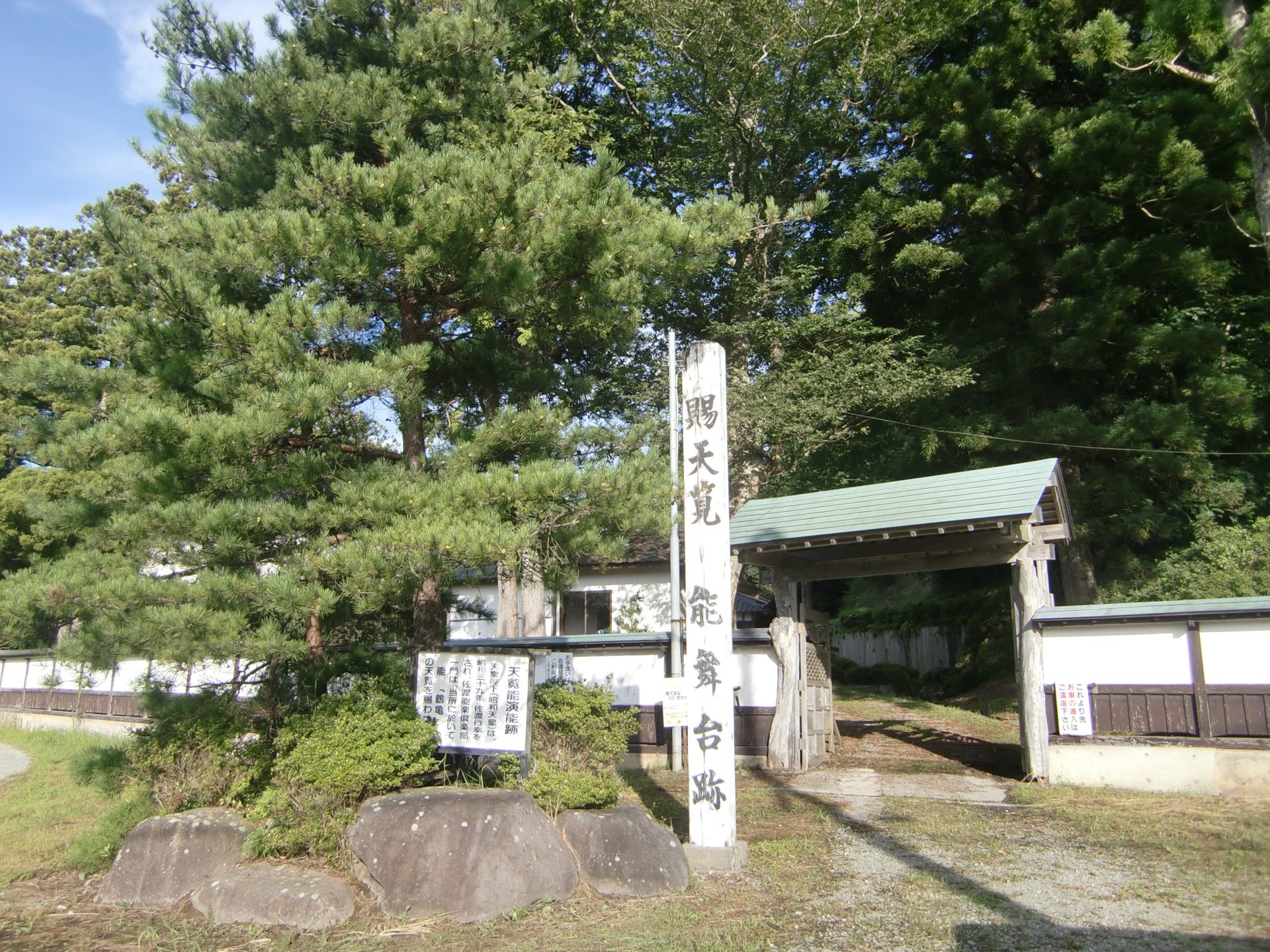
Home of the Sado Hosho School
This Noh stage is the only privately owned stage among the approximately 30 Noh stages found on Sado Island.
Jars are buried in the ground beneath the stage to enhance the acoustic effect of the sound during a performance.
A Noh performance is held here on the last Sunday of July every year.
5Shiizaki Suwa Shrine

A hill with a view
Standing on a hill at the back of the shrine, visitors will have a wonderful view of Lake Kamo and also the 1172-meter-high Mt. Kimpoku. Firelit Noh plays are held several times a year on the Noh stage of the shrine.

Take a stroll in a geopark!

